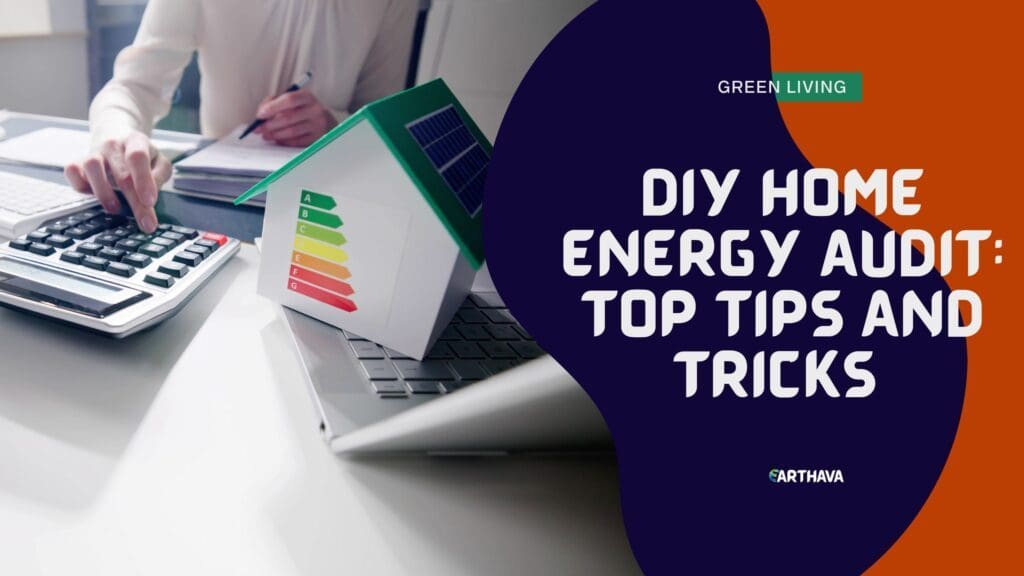When it comes to saving money on your energy bills, the best way to identify and resolve problem areas before they begin is through a professional home energy audit. However, they can sometimes be more than one can afford at the time in terms of both time and money.

Although no substitute for a professional energy assessment, one can do an inspection to identify and resolve problem areas before they begin. Below are some things you can do yourself to help reduce the costs of your energy bills:
Check for Air Leaks
One of the first things to check when doing your self-audit is the presence of air leaks. This applies not only to the ductwork inside the home but also between the walls and the outside air. An air leak can result in greatly reduced efficiency, as cool or warm air escapes the home or otherwise doesn’t reach where you want it to reach. Sealing these leaks is fortunately quite simple: simply applying caulk to any discovered holes or cracks can patch the problem and cut your energy bills down by as much as five to thirty percent.
Insulation
Requiring a little more work than simply checking for air leaks, this is no less important to keep the heat inside or outside the house. Insulation checks first require finding an exterior wall, and then afterward cutting all power to that wall for safety reasons. This can be easily accomplished by either removing a fuse from the fuse box or flipping a switch on the circuit breaker. Check the outlets on the wall by plugging in a lamp and ensuring that no electricity is flowing to any of the outlets on that wall.
Once the outlets are confirmed dead remove the cover and insert a screwdriver or other long thin stick and note any resistance: that resistance indicates the presence of insulation. An even better option is a plastic crochet hook as this will pull away bits of insulation for easy identification. If the wall you’re checking does not have an outlet, you can also try poking a hole into the wall where a shelf or couch would normally rest. Just note that this method can only sample select regions, and to get a complete picture of your insulation levels a thermographic inspection is required.
Inspection of Heating and Cooling Equipment
Check your equipment at least once per year, or more if recommended by the manufacturer. Checking and replacing air filters is a critical element of ensuring your home is operating with maximum energy efficiency. It is also important to make sure the equipment is up to date: thus it is advisable to replace the heating or cooling unit if it is more than 15 years old as there is most likely a more efficient model available.
Lighting
The lighting in your home is another major factor in your energy use. If you are still using incandescent bulbs it is highly recommended that you replace these with the more efficient fluorescent models or LED bulbs where available. This simple change can save as much as 5% on your home energy bills.
Appliances and Electronics
Last, but certainly not least: you want to check on any home appliances that you use. Where practical, unplug appliances or electronics that are not in use to prevent them from pulling additional power. Furthermore, examine the settings available on the appliance: there is frequently an option that can get a specific job done with less energy than usual. Furthermore, consider replacing older appliances with more energy-efficient models: just be sure the savings in energy costs will exceed the cost of the unit before you find yourself needing to replace that device again.
Conclusion
By looking over the listed areas, you can help to supply yourself with a more energy-efficient home that’ll save you hundreds, if not thousands, of dollars per year on your electric bill. This not only helps to save you money but could also provide for a greener earth in the future. Just remember that while the above is helpful, there is still no substitute for a professional inspection, so after doing your own home energy audit be sure also to schedule a professional inspection when it is affordable and practical.


